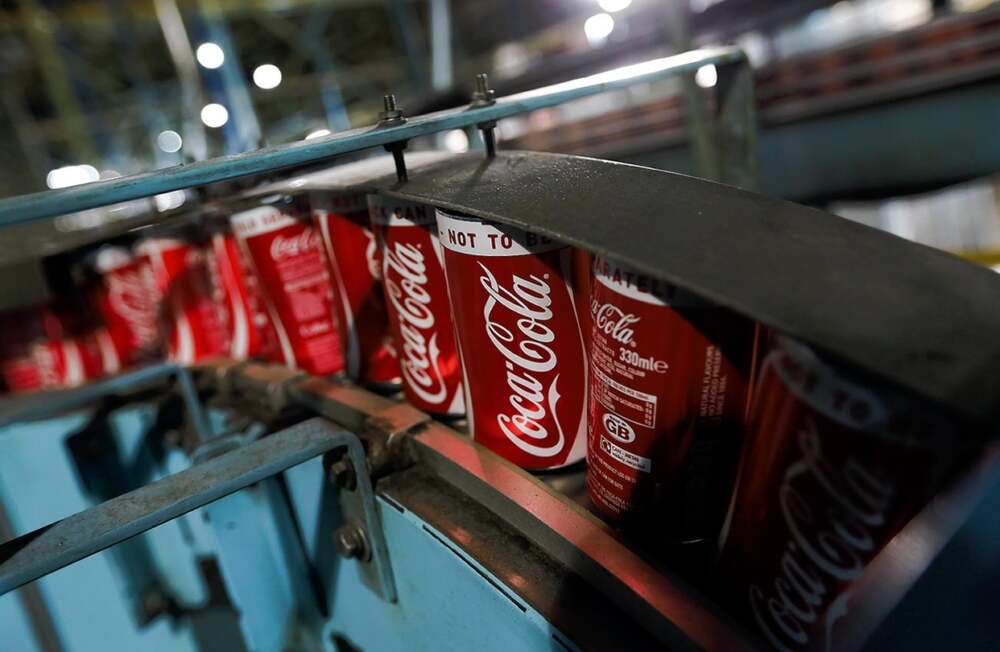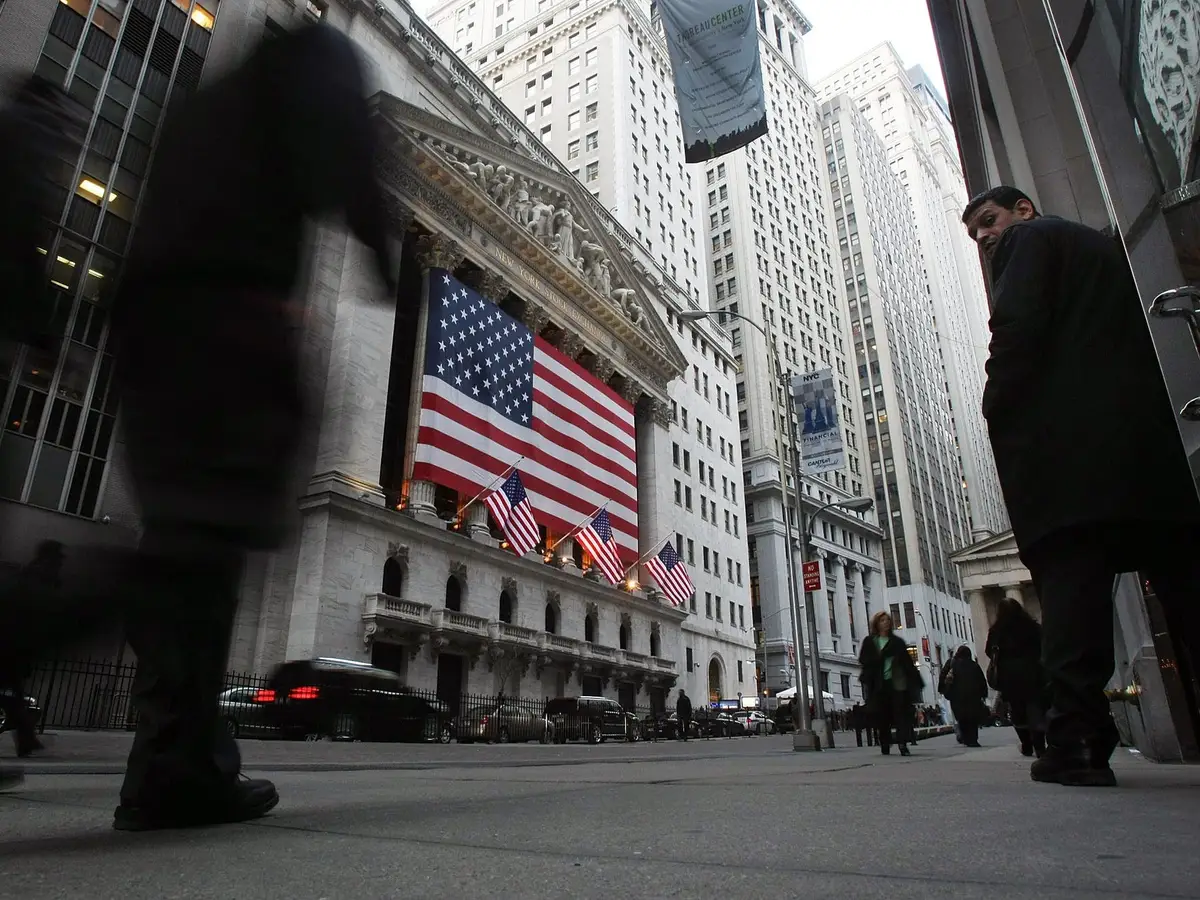July 28, 2025 — The United States economy is facing a complex convergence of forces: aggressive trade tariffs, a hesitant Federal Reserve, and signs of a cooling labor market. As policymakers walk a tightrope between inflation control and economic stability, businesses and households are left to navigate growing uncertainty.
Tariff Surge Reshapes Trade and Industry
Since early this year, sweeping tariff increases have taken hold across imports from key trading partners — including China, the European Union, Mexico, and Canada. These measures have caused ripple effects throughout the U.S. economy, reshaping supply chains, driving up import costs, and squeezing small to mid-sized manufacturers.
Consumer prices for goods like electronics, automobiles, and everyday household items have risen noticeably. Many industries reliant on foreign components are facing profit pressure, while some domestic producers have seen short-term gains from reduced foreign competition.
However, economists warn that the broader impact could be negative over time. Reduced consumer purchasing power, retaliatory tariffs abroad, and higher operating costs may slow long-term growth.
Labor Market Shows Early Signs of Fatigue
Though job creation remains positive, momentum is weakening. The most recent employment data showed a net gain in jobs, but the size of the labor force shrank. At the same time, long-term unemployment ticked up, and wage growth remained steady rather than accelerating.
Sectors sensitive to tariffs—such as retail, construction, and manufacturing—have shown the most volatility. In contrast, public sector employment and health care continue to add jobs at a steady pace.
The slowing labor market raises concerns about household stability, especially as living costs remain elevated due to inflation and trade-driven price hikes.
Federal Reserve Holds the Line—for Now
All eyes are on the Federal Reserve, which is expected to keep interest rates steady in its upcoming meeting. While inflation remains above the central bank’s 2% target, the Fed appears increasingly cautious amid signs of softening in employment and spending.
Some policymakers within the Fed are calling for rate cuts to counteract the slowdown, but others argue that inflationary pressures, partly driven by tariffs, still warrant a careful approach.
The Fed faces a unique challenge: tariffs act as supply shocks, making goods more expensive without boosting demand. This complicates traditional interest rate responses and increases the risk of either over-tightening or reacting too late.
Economic Outlook: Uncertainty Ahead
Despite mounting concerns, the U.S. economy continues to grow. Strong consumer spending, robust investment in technology and artificial intelligence, and high corporate earnings have helped keep stock markets near record highs. But under the surface, cracks are emerging.
Home construction is slowing, consumer debt is rising, and business sentiment is beginning to waver. The combination of tighter trade policies, persistent inflation, and weaker job growth may soon test the resilience of both the markets and the broader economy.
Conclusion: A Critical Moment
The coming months will be pivotal. Tariff negotiations with major trading partners remain unresolved. Inflation continues to challenge households. And the Federal Reserve’s decisions could shape the course of the economy for years to come.
As the United States stands at this economic crossroads, policymakers are being urged to strike a balance between protecting national interests and preserving economic momentum. One misstep could tip the scales toward stagnation—or worse.
















Leave a Reply